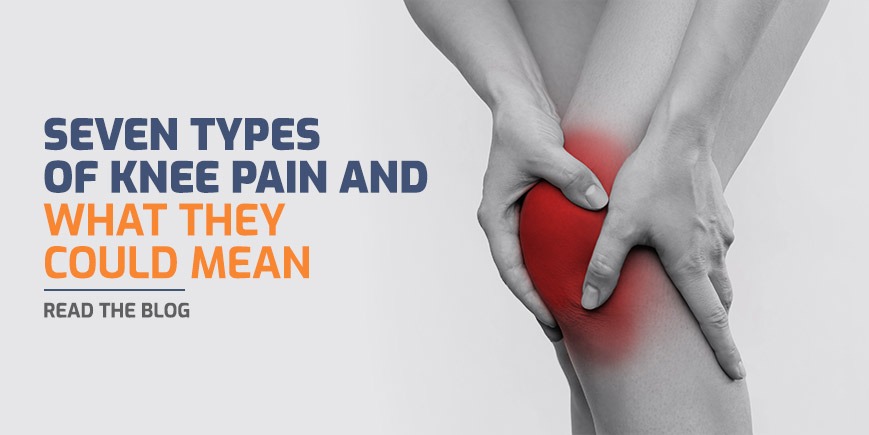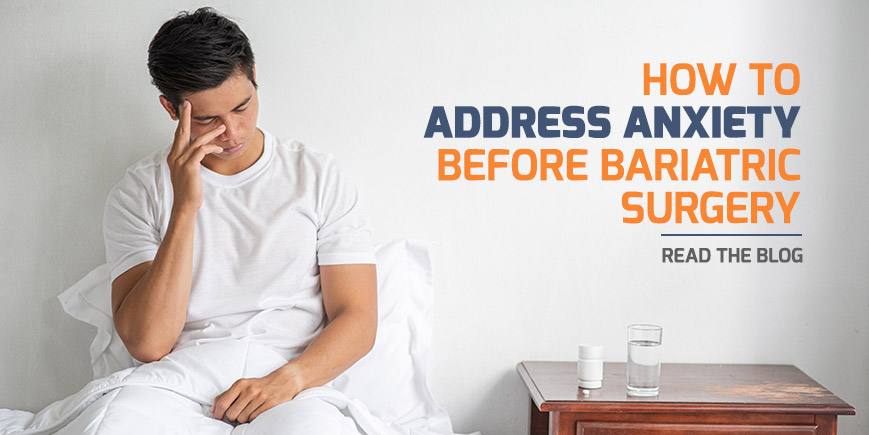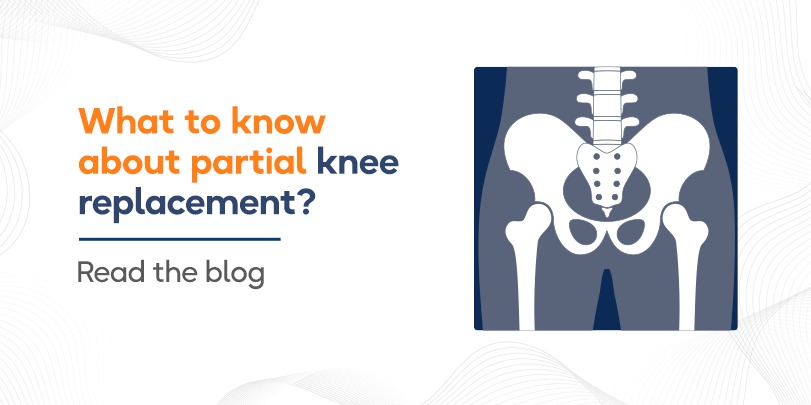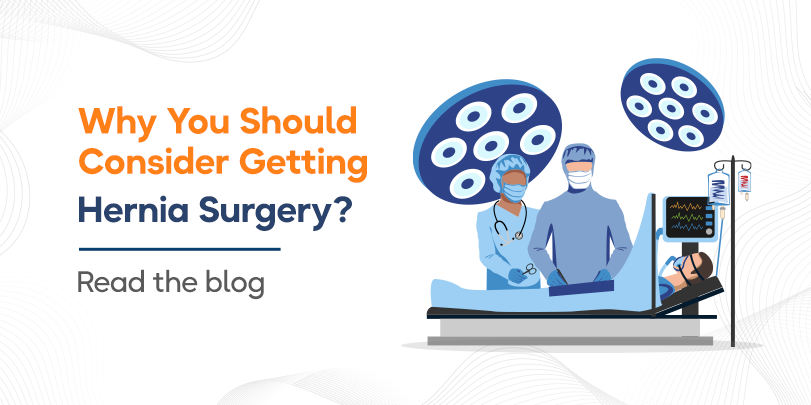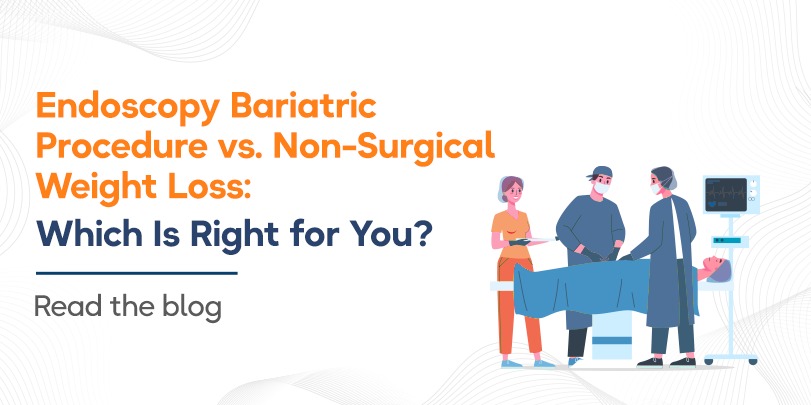One of the most delicate parts of your body is the spine- and one of the most common pain areas. Most people will experience some sort of back problems throughout their lives. The good news is that not every ache and pain needs surgery. In many situations, conservative treatment such as physical therapy and anti-inflammatory drugs might provide relief.
However, surgical intervention may be required for spinal deformities, spinal infections, trauma, spine tumors, and other degenerative spine disorders such as stenosis and herniated discs. We would highly recommend Radiance hospitals for a spine surgery team with extensive experience for the best results.
Our spine surgeon may choose a conventionally open spine surgery method, which requires an incision along the backbone or they may opt for minimally invasive procedures to lessen recovery time and problems.
We understand that spine surgery seems like one of the most life-changing decisions you will ever make. However, it is important to note that not every spine surgery has a considerable process tied to it and some surgeries are so quick and accessible that they have almost zero risks associated with them when done by spine doctors with knowledge and experience.
Another worry you may have is about recovery from surgery. So let’s dive into the blog and discuss any concerns you may have.
POST-OPERATIVE CARE FOR SPINE SURGERY
As medical technology advanced, many treatments became minimally invasive, with the surgeon making only a few tiny cuts rather than huge incisions. These treatments have fewer problems and need lesser time for recuperation than open operations.
If you have any of the following problems, our spine surgeons will recommend minimally invasive spine surgery:
- Lumbar spinal stenosis
- Spinal infections
- Spinal instability
- Disc herniation
- Degenerative disc disease
- Vertebral compression fractures
Spinal fusion operations, in general, take a bit longer to heal than other spinal surgeries. Some of these include Discectomy, Foraminotomy, and Laminectomy.
SURGICAL WOUND CARE
According to our spine specialists, you will need to relax, recuperate, get back into shape and care for your wound after spine surgery. You must carefully follow the set of instructions provided by the Radiance Hospital spine surgeons until it seals itself against bacteria, which normally takes around three weeks. But we know you have questions long before then, and we’re here to answer them!
According to our expert spine doctors, ice and heat serve very distinct functions. Ice is used to reduce swelling, whereas heat is used to relieve muscular spasms.
Most procedures done by spine surgeons involve sutures under the skin that are covered with tape. Although you shouldn’t go swimming or diving until the wound has sealed against germs, getting the tape wet isn’t a huge concern; simply pat it dry.
Remember that not every operation that our spine doctors do is the same, and thus not every wound or incision is the same. We are delighted to walk you through them all in general, but please follow your specific post-surgery incision care recommendations.
MOBILITY RESTRICTIONS
When patients first return home from the hospital, it is usual for them to feel exhausted. It helps to know what to expect and to receive help with essentials from friends or relatives to facilitate a seamless transfer home.
Our spine surgeons say that some fundamental activity limits must be maintained during the early phases of recovery following spinal fusion surgery:
- Bending at the knees and hips is OK, but no back bending (spine).
- Lifting anything heavier than 2 kg is not recommended.
- Even though many normal tasks need you to twist the spine, it is best to avoid doing so at this time.
- Driving is not permitted in the days following major surgery due to tiredness and decreased coordination, as well as the adverse effects of opiate medicines. Car journeys should also be reduced during the early stages of rehabilitation.
HOUSEHOLD WORK
Cooking, cleaning, washing laundry, grocery shopping, and caring for pets are all activities that should be avoided during the early days. It is recommended that such tasks be given to someone else prior to surgery. It’s also a good idea to have some quick meals on hand ahead of time, such as pre-made or microwaveable dishes. Having a nurse or helper with you is a great idea.
SLEEPING
Following spine surgery, a patient should follow the surgeon’s recommendations. It is a good idea to sleep on a firm mattress that maintains your spinal alignment. After spine surgery, a thin pillow is preferable. A cushion beneath your knees helps to relax your spinal muscles and reduces nerve tension. Turn your shoulder and hips together when turning on your bed to minimize twisting strain on the spine.
When you get out of bed, turn to the side and stand up. This technique reduces tension on the operated spine when standing. Similarly, while lying down, sit at the edge of the bed, then lie down sideways, then straight on your back.
Avoid sleeping on the floor for at least 4-6 weeks, especially if you have had fusion surgery. Getting up and laying down are connected with a variety of strange motions that place additional strain on the repairing spine.
Even while getting into and out of bed after spine surgery, the spine should be kept straight. The log-roll method is used to accomplish this, which requires keeping the knees together and maintaining a straight back while:
- Taking a seat on the edge of the bed
- Lowering the head to the bed while raising the legs
- transferring to the back
Here are a few other suggestions:
- Check that the bed is neither too high nor too low for the log-rolling technique to work.
- Try out different pillows to find which one feels the comfiest.
- Some people may also find that sleeping in a reclined position is more comfortable immediately following surgery.
PHYSIOTHERAPY
An outpatient physical rehabilitation programmer may be initiated 6 weeks to 3 months after surgery. Techniques are adapted to the individual, with more activities being introduced as strength increases. Physical therapy helps patients maintain awareness of how they move, sit, stand, and lie down in order to avoid chronic back discomfort. Lifting, pulling, and pushing goods safely are also discussed.
Patients may proceed from short, gentle walks to more strenuous workouts like swimming. Special exercises are stressed to strengthen the muscles that support the lower back. Physical therapists usually recommend workplace modifications to assist patients in returning to work. If the job is physically demanding, it may take 6 months for the individual to return to work.
FACTORS THAT HINDER RECOVERY TIME
Spine specialists have found that while vertebrae normally fully heal after 3 to 6 months of surgery, the healing process may take longer in some people due to:
- Tobacco or other nicotine products (which contain toxins that hamper bone growth)
- Osteoporosis and obesity
- Diabetes and other chronic diseases
- Malnutrition
- Depression
- Long-term opioid usage prior to surgery
- Prednisone
Other factors may also slow down healing, say our expert spine specialists. Engaging in higher-risk activities (such as bending, lifting, or twisting) during the early stages of recovery, for example, may result in a setback or necessitate a second operation.
Our well-trained spine specialists at Radiance Hospitals offer you sympathetic, supporting relationships that are targeted to your unique needs. From the first discussion of your problem and treatment options until the point where you are well on your road to recovery, we will be there for you every step of the way. Our spine surgeons, spine doctors and spine specialists combine their knowledge and technical skill with our cutting-edge facilities to provide you with the best possible outcome with the fewest complications before, during, and after surgery.
You will never be puzzled about what to do next or how to resolve any issues related to your procedure. We believe in honesty, so you will understand all you need to know about the procedure. Come have a consultation with our spine specialists and which options will suit you best.




